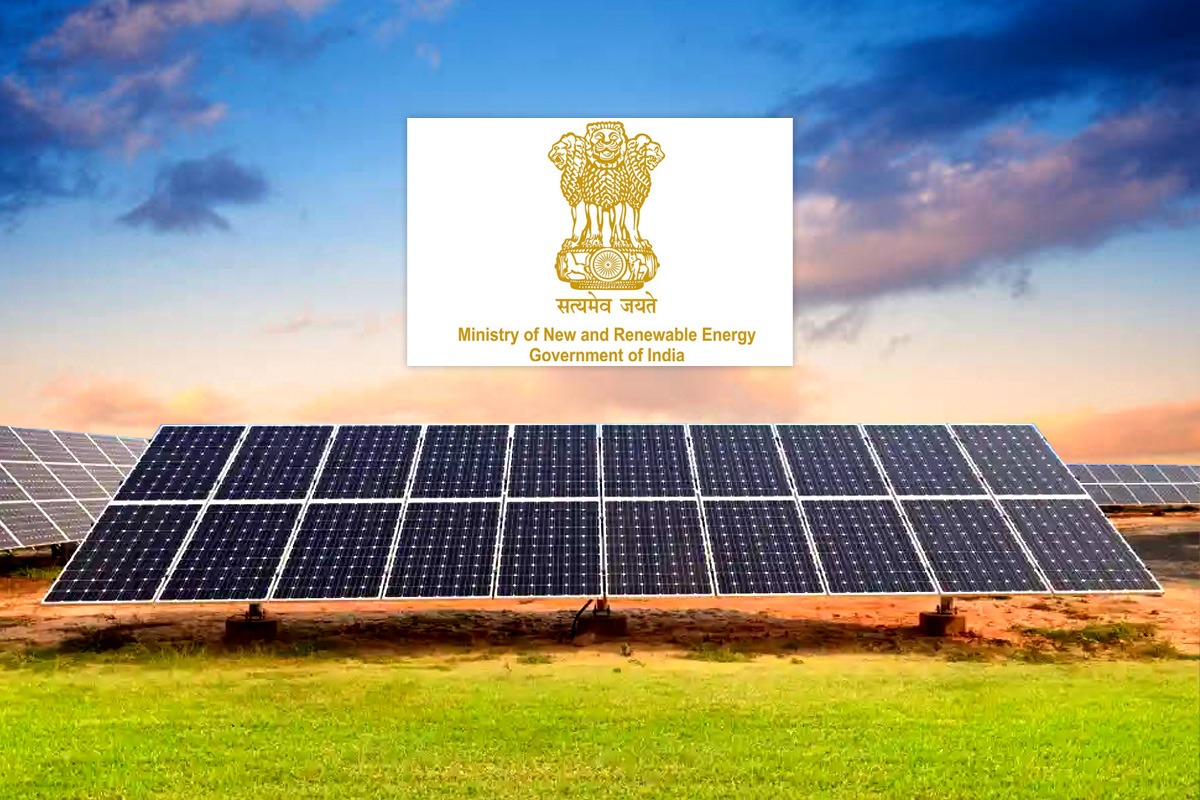

Beyond providing financial relief to consumers, especially those from marginalized backgrounds, it promises to mitigate reliance on fossil fuels, curtail the nation’s carbon footprint, enhance energy security, and stimulate job creation, particularly among the youth engaged in solar-related activities.

Prime Minister Narendra Modi’s announcement of a significant investment of Rs 75,000 crore for the ‘PM Surya Ghar: Muft Bijli Yojana’, a new rooftop solar scheme, marks a bold and visionary initiative towards providing free electricity to 10 million households nationwide. This scheme, initially proposed in the interim budget of 2024-25, carries multifaceted benefits, aiming not only to alleviate the burden of electricity bills for the poor and middle class but also to promote clean and sustainable energy sources, generate employment opportunities, and bolster the economy.
At the scheme’s core lies the provision of substantial subsidies directly credited to consumers’ bank accounts, coupled with heavily concessional bank loans for installing rooftop solar panels. Under the scheme, households receive up to 300 units of free electricity per month generated from their rooftops, with the surplus power eligible for sale to distribution companies (DISCOMs) at remunerative rates. Additionally, the scheme incentivizes urban local bodies and panchayats to actively promote rooftop solar systems within their jurisdictions actively, thus fostering grassroots-level engagement and awareness.
Aligned with the government’s ambitious target of achieving 175 GW of renewable energy capacity by 2022, with 40 GW earmarked for rooftop solar, the scheme capitalizes on India’s immense potential for rooftop solar deployment owing to abundant sunshine, dense population centres, and surging electricity demand. Despite this potential, the current installed capacity of rooftop solar stands at a mere 6 GW as of December 2023, significantly undershooting both the target and the estimated potential.
The scheme seeks to address existing challenges that have impeded rooftop solar adoption in India, such as high initial costs, lack of awareness, regulatory complexities, and resistance from DISCOMs apprehensive about losing high-paying customers to solar power. By offering attractive financial incentives, streamlining procedures, fostering awareness campaigns, and ensuring stakeholder participation, the scheme endeavours to surmount these obstacles and expedite the proliferation of rooftop solar installations nationwide.
The anticipated benefits of the scheme are manifold. Beyond providing financial relief to consumers, especially those from marginalized backgrounds, it promises to mitigate reliance on fossil fuels, curtail the nation’s carbon footprint, enhance energy security, and stimulate job creation, particularly among the youth engaged in solar-related activities. Moreover, the scheme is poised to catalyze economic growth by generating demand for solar components and fostering a conducive environment for solar entrepreneurship.